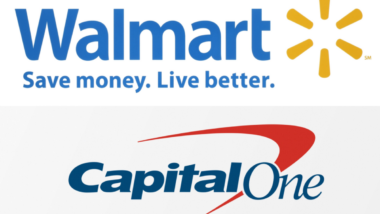Top Class Actions’s website and social media posts use affiliate links. If you make a purchase using such links, we may receive a commission, but it will not result in any additional charges to you. Please review our Affiliate Link Disclosure for more information.

Findings from the Gemalto 2016 Annual Report on Security Breaches
The statistics regarding 2016 security breaches are staggering. Last year alone, 1,378,509,261 records were breached in 1,792 different breach incidents. This amounts to 3,776,738 stolen or lost records every day, meaning that each second of every day, 44 records are breached.
There is a great likelihood of being the target of a data breach at any given time. Since 2013, 7 billion data records have been compromised.
Gemalto stated that more than half of the companies hit with data breaches in 2015 did not disclose how many records were compromised at the time that their public report was released. This likely indicates that the actual number of records compromised was a lot higher than what was found during Gemalto’s BSI research.
As compared to 2015, 2016 saw an 86% increase in security breaches. The year saw many DDoS, or distributed denial of service attacks where outside systems flood the targeted system with website traffic, usually from botnets. In addition, a disturbing new trend made it into the mainstream known as ransomware attacks.
Ransomware attacks are caused when malware is installed on a computer system and holds the data hostage so it cannot be accessed. The malware then demands payment to allow the malware to be removed so that the data can be accessed. Several healthcare companies and utilities went on to pay these ransoms to avoid having their data lost or risking system shutdown.
Individuals were also the target of many security breaches. Some adult content websites, for example, were the target of security breaches and random requests threatening to reveal personal data about the users. The perpetrators of these ransomware security breaches operated on the assumption that the users would likely be embarrassed if their personal connections to the adult content websites were revealed.
Other trends were seen in 2016, and the following was determined:
“Malicious outsiders,” which includes cyber criminals and hackers, were responsible for the majority of security breaches in 2016. The second biggest source of security breaches was accidental loss.
Identity theft remained the most commonly identified of all security breaches, followed by account access security breaches and nuisance attacks.
In terms of industries hit the hardest, the healthcare industry bore the brunt of security breaches, with technology companies also being hit hard.
Geographically, the United States and North America disclosed the largest numbers of security breaches in 2016. Gemalto reports that 80% of incidents occurred in North America, with Europe in second place with a mere 9%.
The one piece of good news that came in the report was that only 75 security breaches, or 4.2% overall, involved encrypted data. Knowing this, companies can make the move toward increased encryption and lower their likelihood of being the target of ongoing security breaches.
Join a Free Data Breach Class Action Lawsuit Investigation
Companies you entrust your personal information with are obligated to keep your information safe and secure. If you were recently notified that your personal information was compromised due to a data breach, you may qualify to file a data breach lawsuit or class action lawsuit.
ATTORNEY ADVERTISING
Top Class Actions is a Proud Member of the American Bar Association
LEGAL INFORMATION IS NOT LEGAL ADVICE
Top Class Actions Legal Statement
©2008 – 2024 Top Class Actions® LLC
Various Trademarks held by their respective owners
This website is not intended for viewing or usage by European Union citizens.














